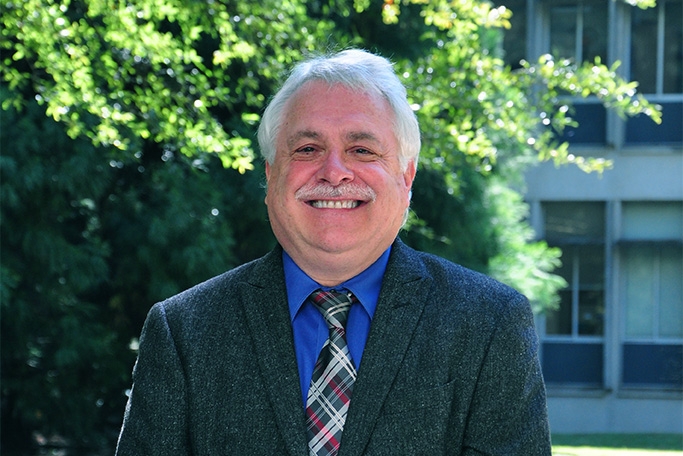
 Paul Mayne is the featured "GeoLegend" in the May/June 2016 issue of GEOSTRATA, the magazine of the American Society of Civil Engineers Geo-Institute.
Paul Mayne is the featured "GeoLegend" in the May/June 2016 issue of GEOSTRATA, the magazine of the American Society of Civil Engineers Geo-Institute.
“Professor Paul W. Mayne is the enthusiastic bass guitarist who has played a legendary role in geotechnical engineering,” the profile begins.
Mayne is a geosystems engineering professor in the School of Civil and Environmental Engineering. In the profile, he shares some of his professional influences and his perspective on the field.
A few highlights:
On why civil engineering students tend to study other disciplines within the field:
We have failed to make geotechnical engineering interesting to the students as a subject. The way we reach today — using most of the same textbooks at most of the universities — is exactly the same way that we used to teach and think in the 1940s. Unfortunately, we present students with a world made entirely of "soft clay" and expect them to go out, get the samples, and test them all in the lab. But that's not the way anybody does it. …
I think we should show undergrads the sunny sides of geotechnical engineering; we should show them the application of geophysics, the seismic piezocone, and seismic dilatometer to get them interested. Once they commit to graduate school in geotechnical [engineering], then show them all the complicated stuff like compaction curves, time rate consolidation, and so on.
His advice for young geotechnical engineers:
Every project you get involved in is interesting and has some unusual aspects. Some people want to codify geotechnical engineering, but I don't think we can ever do that. Mother Nature doesn't always show you all her secrets. To deal with some complicated projects is sometimes frustrating, but exciting at the same time. Geotechnical engineering is a puzzle. My wife likes crossword puzzles, some people like Sudoku, and I like geotechnical engineering: it's always a big puzzle. Sometimes you just can't figure it out, and that is what makes it interesting. There's so much room for improvement. If you look at what we are doing and how we do it, there are so many things that we can do to make it better.
The full profile is available online in GEOSTRATA to Geo-Institute members.
